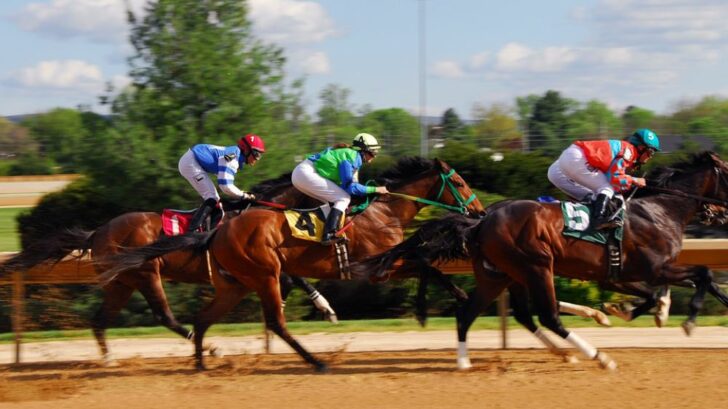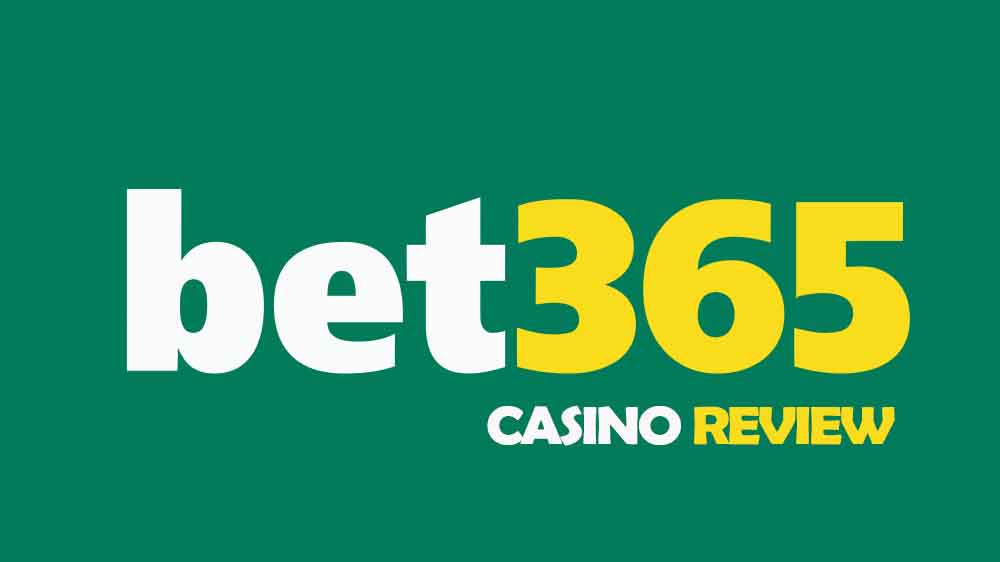US Horse Races – The Different Types, Classes, And Statistics

Types of US Horse Races
Racehorses in North America must contend with a class-based system, just like in English horse racing culture. This is the process that all horses go through in order to become famous. Let’s start at the very bottom and examine the many categories of US horse races. We suggest that if you want to wager on the horses with a chance to win the jackpot online, then head over to 22Bet Sportsbook for the best betting experience. Check out our guide below to find out more about the many types of horse races.
Horse Races In The US: Maiden Races
A racehorse that hasn’t won yet is referred to as a “maiden.” Breaking its maiden is the phrase used to describe what happens when it does. The majority of racehorses will break their maiden in their first races. These early races are there to help with their jackpot winning strategies. However, there isn’t a firm regulation stipulating that a horse can only start in races in order to break its maiden.
Classes Of Maiden Races
These classes of maiden races are about selecting the potential stars from those whose future just looks bright at the dog food factory. Horses in the first class of maiden special weight races are those that are anticipated to break their maidens soon and advance to the next level of horse racing. The lowest class of maiden races, known as “maiden claiming races”, are for unfortunate animals that are simply not able to keep up with the upper-level competition. In the lowest level of horse racing in the US, claiming races are now applicable to all maiden races. Each horse is offered for sale in claiming races. So they are able to be “claimed” or purchased out of the race.
Horse Races In The US: Claiming Races
You only need to submit an offer prior to the race in order to claim a horse. If your bid was the highest, you will have a horse to keep after the race is won. It makes no difference whether the horse is in first or last place. The fact that the former owner gets rid of a failing horse is all that matters. Some owners may intentionally enter damaged horses in a claims race in order to get rid of them. Therefore, any potential owners should always conduct extensive research on a horse before bidding. That’s because you would be stuck with it if you claimed it and it turned out to be a piece of junk.
Optional Claimer

Claim races themselves can be categorized into many classes according to the expected value of the horse. The “optional claimer” is the highest level of claims race, and its costs can be rather significant. Owners have the option of entering their horses to be claimed or not. You’ll find that many horses are occasionally entered in US horse races in order to gain racing experience. Take note that the cost of a claiming race may be higher at some more prestigious racetracks. These would include racecourses like Belmont and Santa Anita. We also have racetracks like Portland Meadows and Thistledown at the other end of the spectrum. On the whole, the level of the racetrack declines as the horses’ claim prices decrease. To that end, you’re not going to be finding a $65,000 horse running against a $10,000 in the same race.
Allowance Races
From the claiming races, we are now moving up one rung to Allowance races. The horses are not there to be bought and traded in Allowance races. In fact, the proprietors can now begin their journey toward earning more significant wealth. The term “allowance” refers to the extra weight that some horses are required to carry during the competition. This is what we would call a “handicap” in Europe. A horse must typically fulfill a certain set of requirements in order to be certified to compete. These can include things like the horse not having won a specific amount of money. Or not having won any races other than the maiden. Normal “allotments” are five pounds in weight. This extra weight adds a loss of around a length slower for each additional pound being carried.
Bet on horse racing at the 22BET Sportsbook
Horse Races In The US
Another form of special allowance race is referred to as a “Starter Allowance Race” or simply “starter.” The horses in this case are ones whose claim values have already been decided upon.
US Horse Races: Stakes Races
Stakes US horse races are often like jackpot games where the best racehorses compete. In order to achieve this, they provide the victors with not only the largest payouts but also the most prestige. Having said that, the amount of prize money offered even within stakes races varies greatly. Local races with smaller purses may only give a few thousand dollars. However, major events like the Kentucky Derby and Breeders’ Cup Classic can have payouts in the millions. You’ll see that the best horses are frequently found at regional stakes. The top horses from the local area, as well as some from further away or even from abroad, will be included in graded prizes. But there are a lot of limitations for local stakes races. These can include that the horses must have been bred in the state of the race.
Graded Stakes Races

The highest level of US horse races is represented by graded stakes. Stakes with restrictions are ineligible for grading. In other other words, apart from the horse’s age and gender, there are no restrictions in place whatsoever. Grade 1 is the highest level among the three grades, which are 1, 2, and 3. On the whole, it’s the performance of a horse that determines how often these grades are reviewed. Depending on the number of criteria being met, they will either increase or decrease. The majority of mid-sized tracks will host a grade three race, while the bigger tracks, such as Belmont Park and Santa Anita host multiple grade three races on different courses.
Restricted Stakes
These US horse races are considered to be “restricted stakes.” Nevertheless, several of these races have substantial purses. The suggestion here is that these funds are to support local horse breeding, along with racing for the owners and trainers. While graded stakes will feature the best horses from local barns, as well as from other parts of the country or even beyond, local stakes will feature the best local horses. Local stakes races frequently have prerequisites, like the horses needing to be born in the state. This is what we refer to this as “restricted stakes.” Some of these events have sizable purses, which encourage locally bred horse racing for their owners and trainers.
US Horse Races: Some Numbers
Some figures for you: There were 788 unrestricted races in the USA in 2016. The typical pocketbook was worth $75,000. Of these horses, 464 received gradings, with 109 receiving the highest Grade 1. Furthermore, there were 133 receiving Grade 2, and 222 receiving Grade 3. It’s a good idea to have a basic understanding of how horse racing works before spending any of your hard-earned cash. Once you’re fully up to speed on all aspects of the sport, then feel free to make some wagers at 22Bet Sportsbook. After all, it’s one of the best sites to win the jackpot. You will not regret it!
Click here to visit the 22BET Sportsbook














